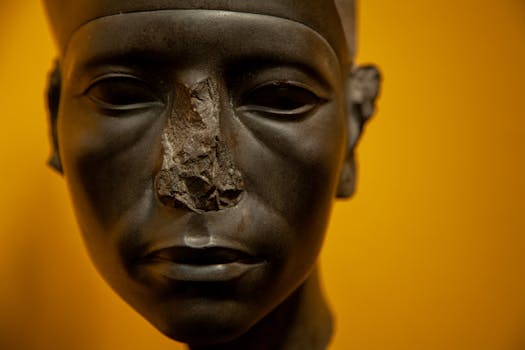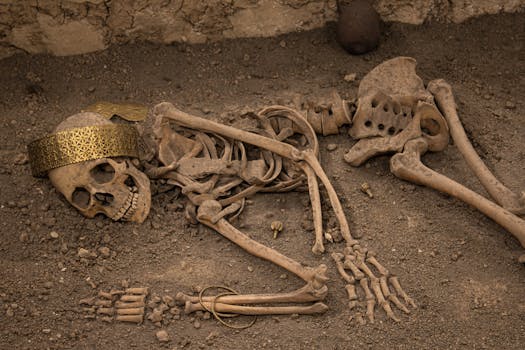
Unearthing the Past: A Journey Through Historical Artifacts from Ancient Civilizations
Takeaways: Historical artifacts are crucial for understanding ancient civilizations. They offer insights into cultural practices, technological advancements, and social structures. From pottery to monumental architecture, these remnants of the past help us connect with our ancestors and appreciate their contributions to human history.
Throughout human history, civilizations have left behind a multitude of artifacts that tell the stories of their cultures, beliefs, and lifestyles. These historical artifacts, ranging from everyday objects to monumental structures, provide invaluable insights into the past. In this article, we will explore various types of artifacts from ancient civilizations, their significance, and what they reveal about the societies that created them.
The Significance of Historical Artifacts

Artifacts can be classified into several categories, including tools, pottery, art, architecture, and written records. Each type provides unique insights into the technological, artistic, and social advancements of a civilization.
Types of Artifacts
1. Tools and Weapons: Tools and weapons are some of the earliest artifacts discovered by archaeologists. These items, such as stone tools used by early humans or bronze weapons from the Bronze Age, demonstrate the technological advancements of their time and reveal information about the daily lives and survival strategies of ancient peoples.
2. Pottery: Pottery is one of the most abundant types of artifacts found in archaeological sites. It was used for cooking, storage, and ceremonial purposes. The style, decoration, and composition of pottery can indicate trade relationships, social hierarchies, and cultural practices.
3. Art and Sculpture: Artistic artifacts, such as sculptures, paintings, and carvings, provide insight into the spiritual beliefs, societal values, and aesthetic preferences of ancient civilizations. For example, the intricate carvings of the Parthenon in ancient Greece reflect the importance of mythology and religion in their culture.
4. Architecture: Monumental architecture, such as the pyramids of Egypt or the ziggurats of Mesopotamia, showcases the engineering capabilities and social organization of ancient societies. These structures often had religious or political significance and were designed to convey power and prestige.
5. Written Records: Written artifacts, including clay tablets, inscriptions, and scrolls, are vital for understanding the languages, laws, and literature of ancient civilizations. The Rosetta Stone, for example, was key in deciphering Egyptian hieroglyphs and unlocking the history of ancient Egypt.
Famous Historical Artifacts

– The Terracotta Army: Discovered in China, this vast collection of clay soldiers was buried with the first Emperor of China, Qin Shi Huang, to protect him in the afterlife. Each figure is unique, showcasing the artistry and craftsmanship of ancient Chinese civilization.
– The Elgin Marbles: A collection of classical Greek marble sculptures that adorned the Parthenon, these artifacts symbolize the artistic achievements of ancient Greece and their enduring influence on Western art.
– The Dead Sea Scrolls: Found in caves near the Dead Sea, these ancient manuscripts include some of the earliest known texts of the Hebrew Bible, providing invaluable insights into Judaism and early Christianity.
The Challenges of Artifact Preservation

Moreover, the ethical considerations surrounding artifacts, including ownership and repatriation, are critical topics within the field of archaeology. Many artifacts taken during colonial times are now being returned to their countries of origin, highlighting the importance of cultural heritage and respect for indigenous peoples.
Conclusion



